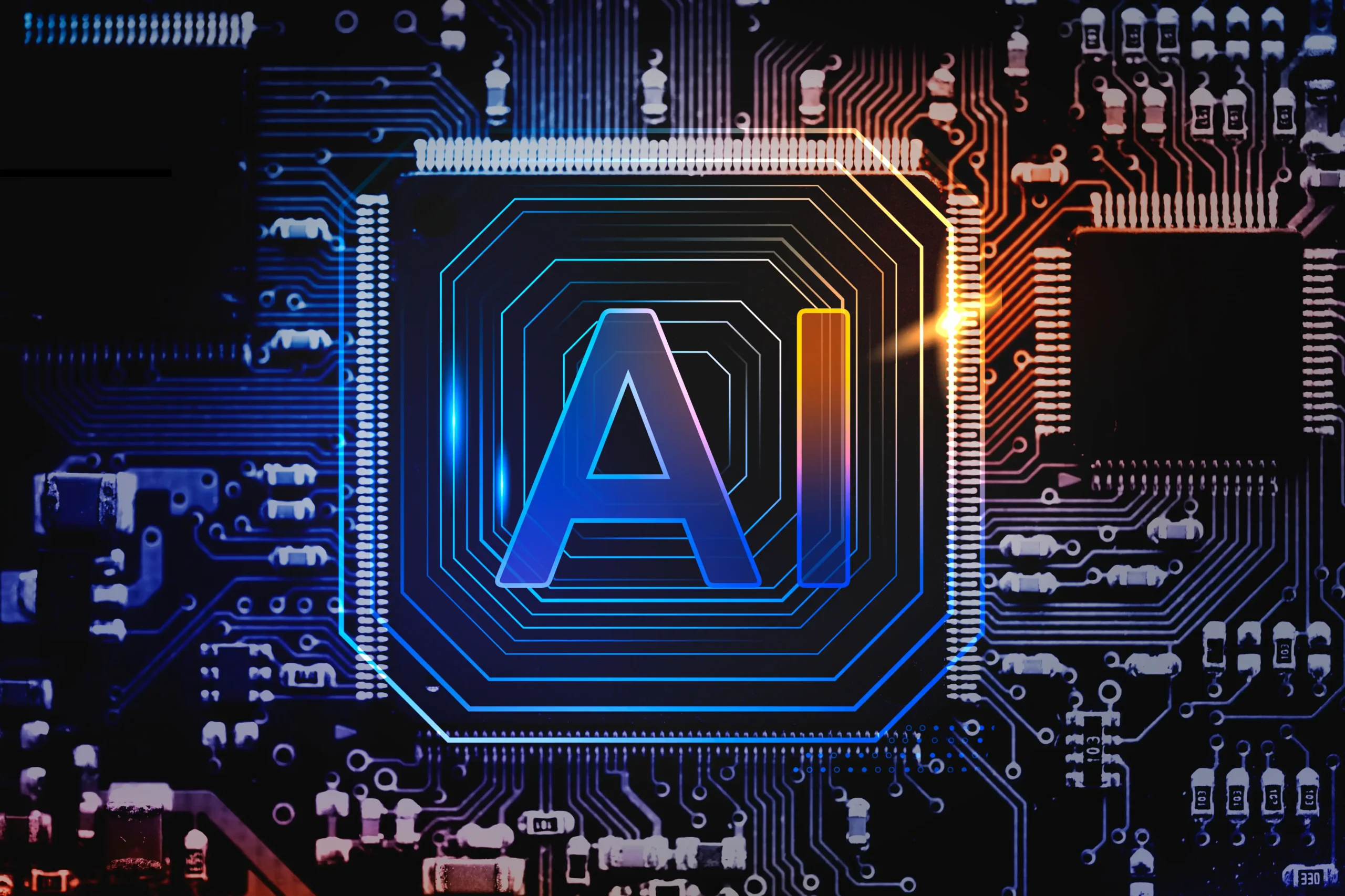Web3 is the third stage in the evolution of the internet. It provides decentralized networks for delivering faster user experiences with better personalization. The notable technologies underlying the development of web3 include artificial intelligence, semantic web, and machine learning. In addition, the blockchain web3 use cases also showcase the involvement of cryptographic security to facilitate security for user information.
Blockchain is a record-keeping technology that is spread out on a network of nodes. Blockchain’s main superpower is decentralization. This means that users can own pieces of the internet they use without the need for centralized authorities like Facebook and Twitter to allow access, govern, and own user data or demand fees for premium services.
The term was coined by Ethereum co-founder and Polygon founder Gavin Wood in 2014. It is very different from the Web3 version conceptualized by Tim Berners-Lee in 1999.
Based on who you ask, specific versions of Web3 differ, but it revolves around blockchain technologies such as DAOs, cryptocurrencies, NFTs, and the recently popularized metaverse. Unlike centralized networks, users experience true peer-to-peer connections as Web3 distributes data across all participating network nodes. This mechanism makes it much harder to hack an application and censor content.
All transactions are on-chain (recorded on the blockchain), making Web3 networks more transparent and stopping fraudulent behaviors. Web3 does this with the help of smart contracts, computer protocols that store, verifies, and enforce established terms of agreements without third parties. A good example of Web3 protocols that use smart contracts is Decentralized Applications (Dapps).
Apart from smart contracts, another feature of dapps is native tokens. Dapps create and launch their utility tokens which give users governance rights. By holding a dapp’s native token, users can submit and vote on proposals in the network, giving dapps a democratic approach.
Web3 will be a superior alternative to the internet as we know it today because of a few more features such as:
• Interoperability: One of the primary elements of Web3 is interoperability. It will be easier for applications to work across different devices and platforms, such as televisions, cellphones, smart roadways, and so on, with a decentralized network. Web3 apps will also be simple to create for developers.
• Self-governing: Web3 does not require the control of a single entity. Larger corporations may no longer have complete control over the internet. As a result, decentralized apps, also known as dApps, cannot be filtered or limited in any way.
• Permissionless: Anyone can create a blockchain address and interact with it. It’s impossible to overestimate the power of being able to access permissionless blockchains.
Users will not be limited by their wealth, location, sexual orientation, gender, or a variety of other demographic and societal criteria. Digital assets and wealth may be transferred rapidly and efficiently across borders and around the world.
• Secure Network: The characteristics of Web3 will be more secure than those of its predecessors. Two elements, namely distributed nature and decentralization, make this possible. Hackers and exploiters will have a hard time breaking into the network. Each of their operations can also be traced and retracted within the network if they are able to do so.
• Data Ownership: End-users will recover the entire ownership and management of their data while also benefiting from encryption security. Permission/need or on a case-by-case basis, information could then be supplied. Large corporations such as Facebook and Amazon now have a plethora of servers keeping personal information such as income, interests, dietary preferences, credit cards, and so on. These data aren’t just collected to improve their services; they’re sold to advertisers and marketers who spend billions of dollars each year for them.
• Ubiquity: Content is accessible through many apps, every device is connected to the internet, and services may be accessed from anywhere.
Web3 is a new generation of the internet running on public blockchains. Web3 is a concept for a third generation of the internet that is still in development. It comes after Web 1, which relied on traditional websites filled with commercial content, and Web 2, which saw the debut and rise of social media.






